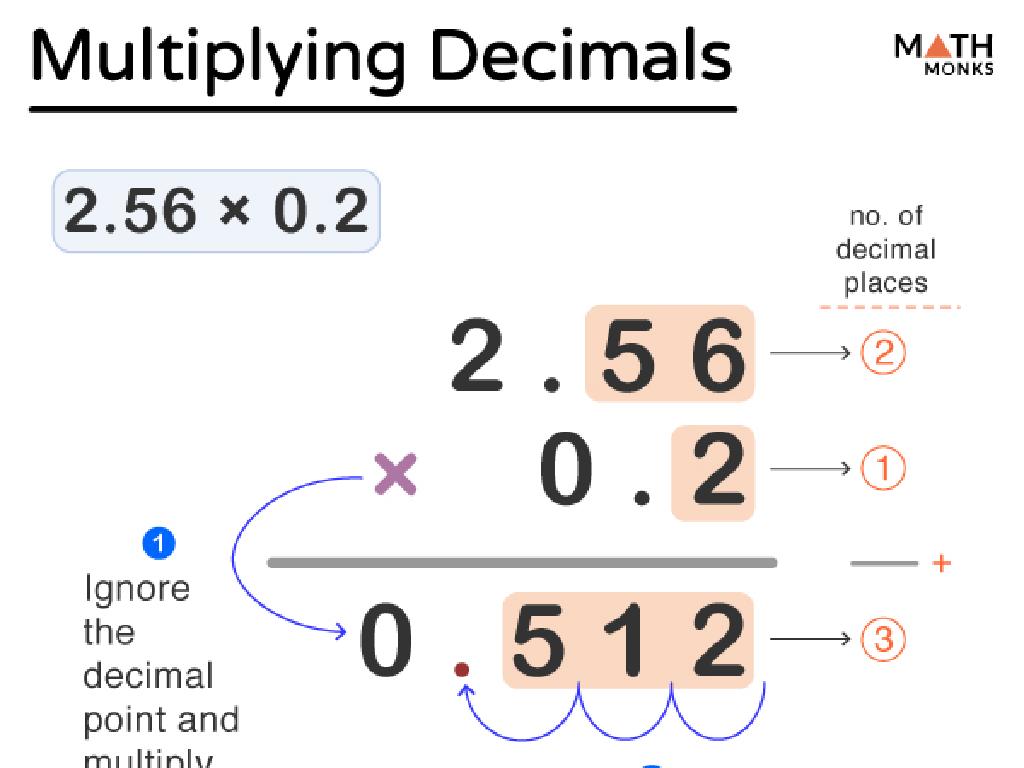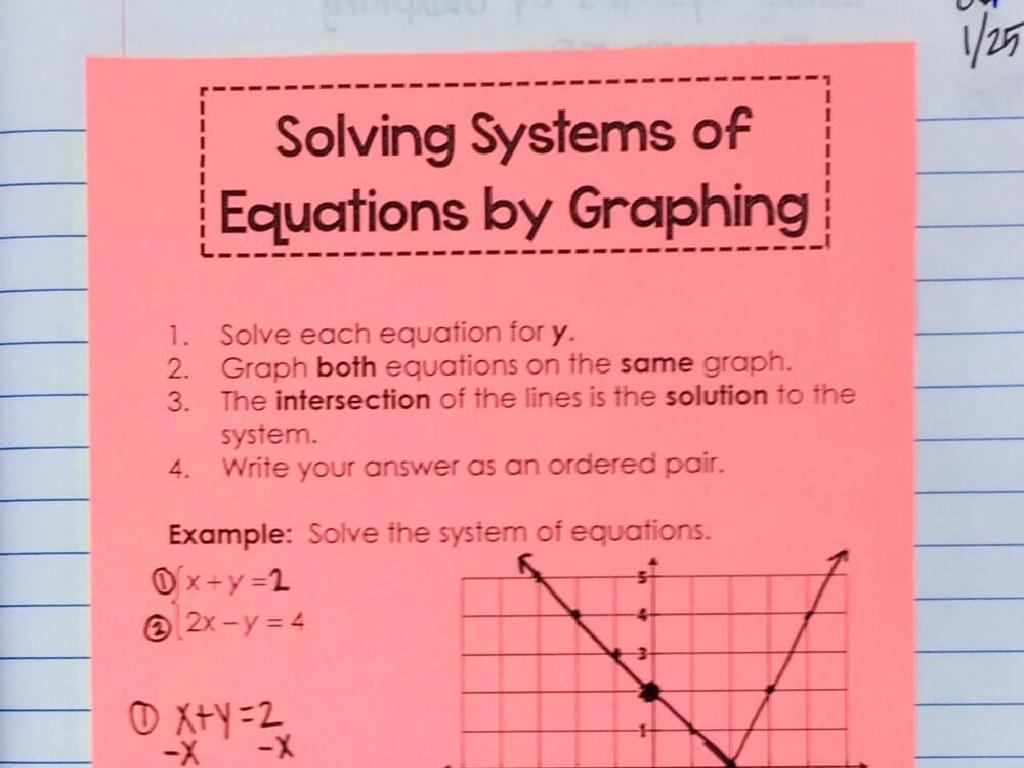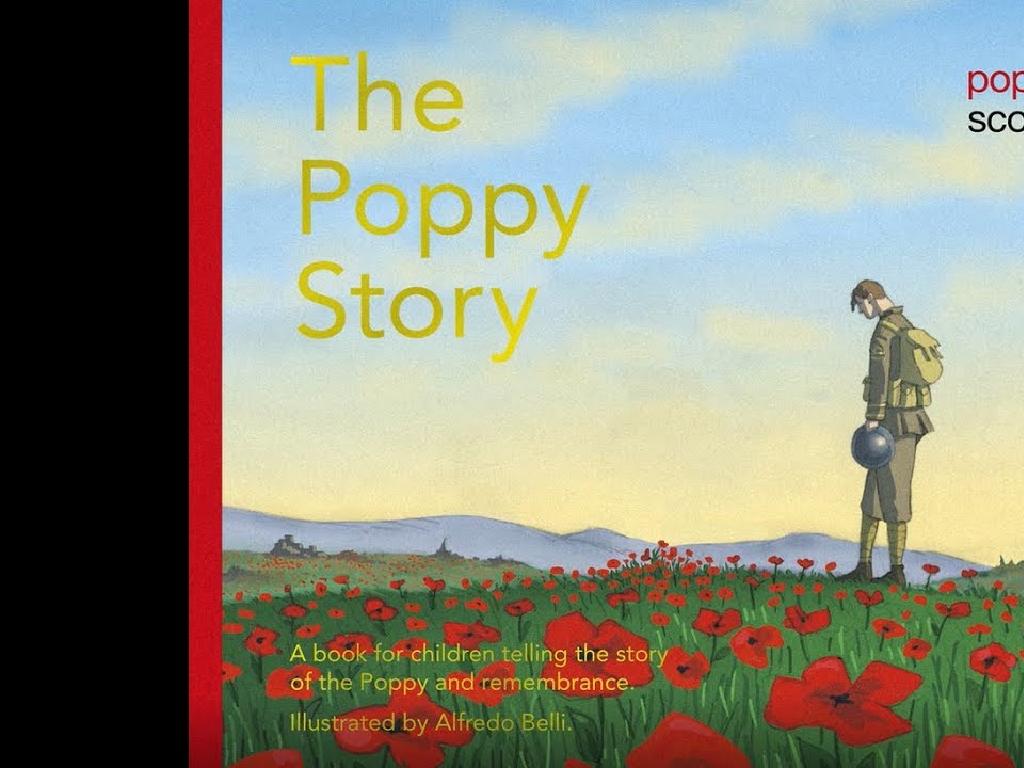Identify Relevant Sources
Subject: Language arts
Grade: Seventh grade
Topic: Research Skills
Please LOG IN to download the presentation. Access is available to registered users only.
View More Content
Identifying Relevant Sources
– Research: A powerful tool
– Sources: The building blocks
– Sources include books, articles, websites, and more.
– Relevance of sources
– Relevant sources ensure information accuracy and reliability.
– Impact on research quality
– Quality sources lead to credible and persuasive research.
|
This slide introduces students to the concept of research as a powerful tool for learning and discovery. Emphasize that sources are the fundamental elements that provide information for research. Discuss the importance of identifying relevant sources, which ensures that the information gathered is accurate, reliable, and applicable to the research topic. Highlight that the quality of sources directly impacts the credibility and persuasiveness of the research. Encourage students to think critically about the sources they choose and to prioritize quality over quantity. Provide examples of reliable sources and explain how to evaluate the relevance of a source to their research topic.
Identifying Relevant Sources: Types and Uses
– Primary vs Secondary Sources
– Primary: original documents, e.g., diaries. Secondary: analysis of primary sources, e.g., textbooks.
– Examples of Each Source Type
– Primary: Anne Frank’s diary. Secondary: a history book discussing her diary.
– Using Sources Effectively
– Use primary for firsthand accounts, secondary for interpretations or analysis.
– Evaluating Source Relevance
– Check for credibility, accuracy, and bias to ensure sources are relevant.
|
This slide introduces students to the concept of primary and secondary sources, which is crucial for conducting research. Primary sources are original, uninterpreted information. Secondary sources analyze or interpret primary sources. Provide clear examples to help students differentiate between the two. Teach students how to use each type effectively in their research, emphasizing the importance of primary sources for direct evidence and secondary sources for context and analysis. Encourage critical thinking by discussing how to evaluate the relevance of sources, considering factors such as credibility, accuracy, and potential bias.
Finding Reliable Research Sources
– Where to find trustworthy sources
– Look for books, academic journals, and reputable websites.
– Utilizing libraries and databases
– Access library catalogs and scholarly databases for information.
– Tips for searching online effectively
– Use keywords, quotation marks for phrases, and filters for better results.
|
This slide aims to equip students with the skills to locate and identify reliable sources for their research projects. Emphasize the importance of using credible sources to ensure the accuracy and validity of their work. Teach them how to navigate the library, both physically and online, and how to make the most of databases that the school may subscribe to. Provide guidance on formulating effective search queries on the internet, using specific keywords, and applying search filters to narrow down results. Encourage students to evaluate the credibility of online sources by checking the author’s credentials, publication date, and the website’s domain. This foundational knowledge will help them throughout their academic careers and beyond.
Evaluating Sources for Research
– Criteria for evaluating sources
– Assess credibility and relevance
– Is the author an expert? Is the information related to your topic?
– Recognize bias and currency
– Bias can skew information. Is the source presenting facts or opinions?
– Class practice on source evaluation
– Currency refers to how up-to-date the information is. Is it still relevant?
|
This slide introduces students to the critical skill of evaluating sources for research projects. Start by discussing the importance of choosing credible, relevant, unbiased, and current sources. Explain that credibility involves the trustworthiness of the source, often linked to the author’s expertise and the publication’s reputation. Relevance means the information directly relates to the research topic. Bias is the presence of a one-sided perspective that can distort the truth. Currency is the timeliness of the information; outdated sources may not be reliable for current research. Engage the class in a practical exercise where they apply these criteria to a sample source. This activity will help them understand how to discern the quality of sources they encounter in their research.
Organizing Your Sources
– Keep track of all research
– Use notebooks or digital documents to record information.
– Create a bibliography
– A list of sources used in your research.
– Use citation tools
– Tools like EasyBib or Citation Machine simplify formatting.
– Explore resources for help
– Libraries and online guides offer additional support.
|
This slide aims to teach students the importance of organization when conducting research. Students should learn to systematically record all the sources they consult, which can be done using traditional methods like note cards or digitally through word processors or dedicated research tools. Creating a bibliography is crucial for acknowledging the work of others and avoiding plagiarism. Introduce students to citation tools that can help format their sources correctly. Highlight that many resources are available for assistance, including school libraries and online guides. Encourage students to ask questions and seek help when they are unsure about how to cite a source.
Class Activity: Source Scavenger Hunt
– Form groups and find sources
– Assess relevance and credibility
– Is the source current, written by an expert, and unbiased?
– Discuss findings within the group
– Share what makes a source credible or not
– Present your best sources to class
|
This activity is designed to engage students in collaborative research and critical thinking. Divide the class into small groups and assign each a different topic or allow them to choose one. Provide guidelines on how to evaluate the relevance and credibility of sources, such as checking the publication date, author’s credentials, and the presence of supporting evidence. Encourage discussion within groups to decide which sources are most reliable. Conclude with presentations where each group shares their findings and explains their reasoning. This will help students understand the importance of selecting quality sources for research projects. Possible topics could include historical events, scientific discoveries, or current events. Ensure that students have access to library resources or the internet for research.






